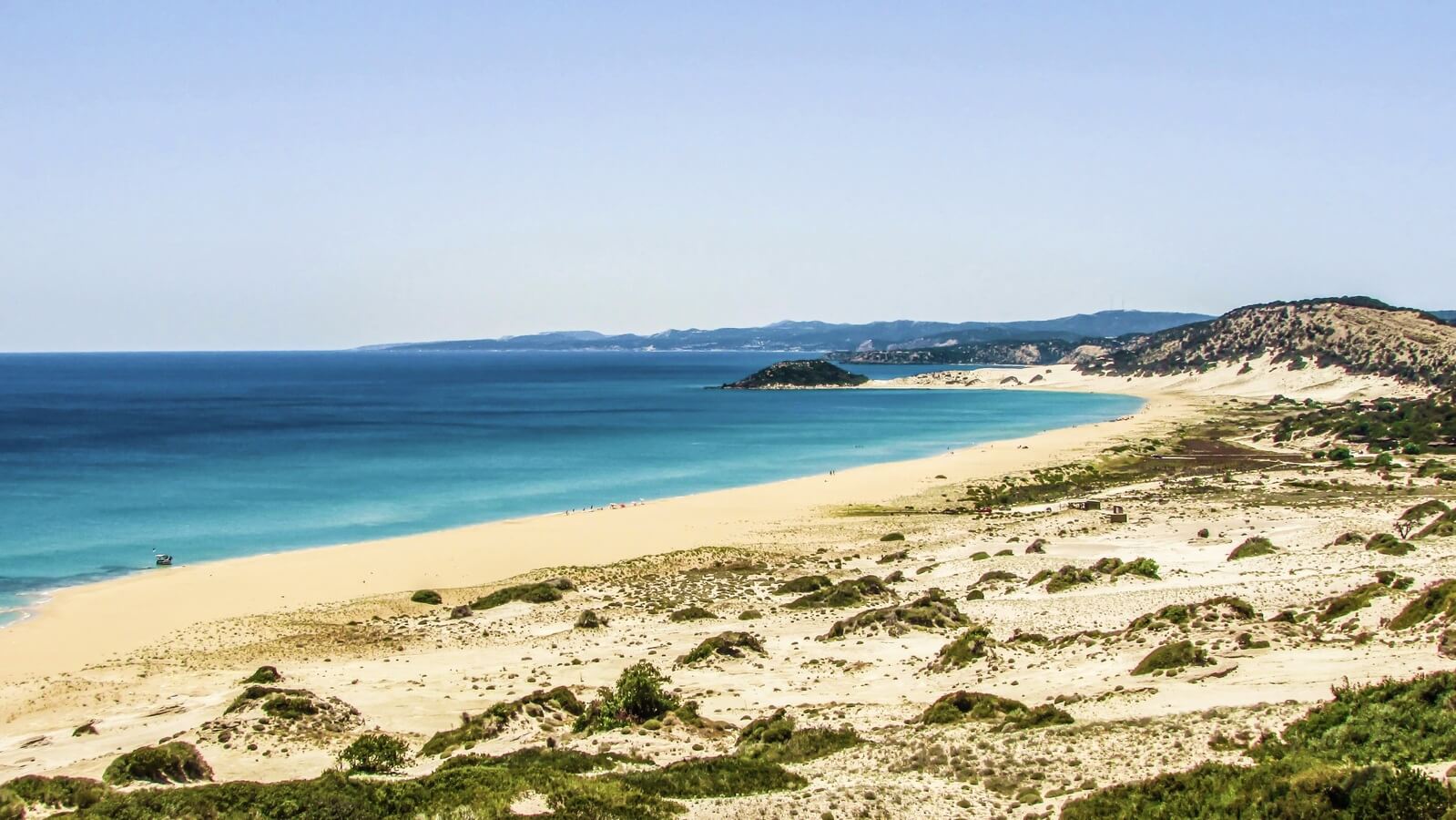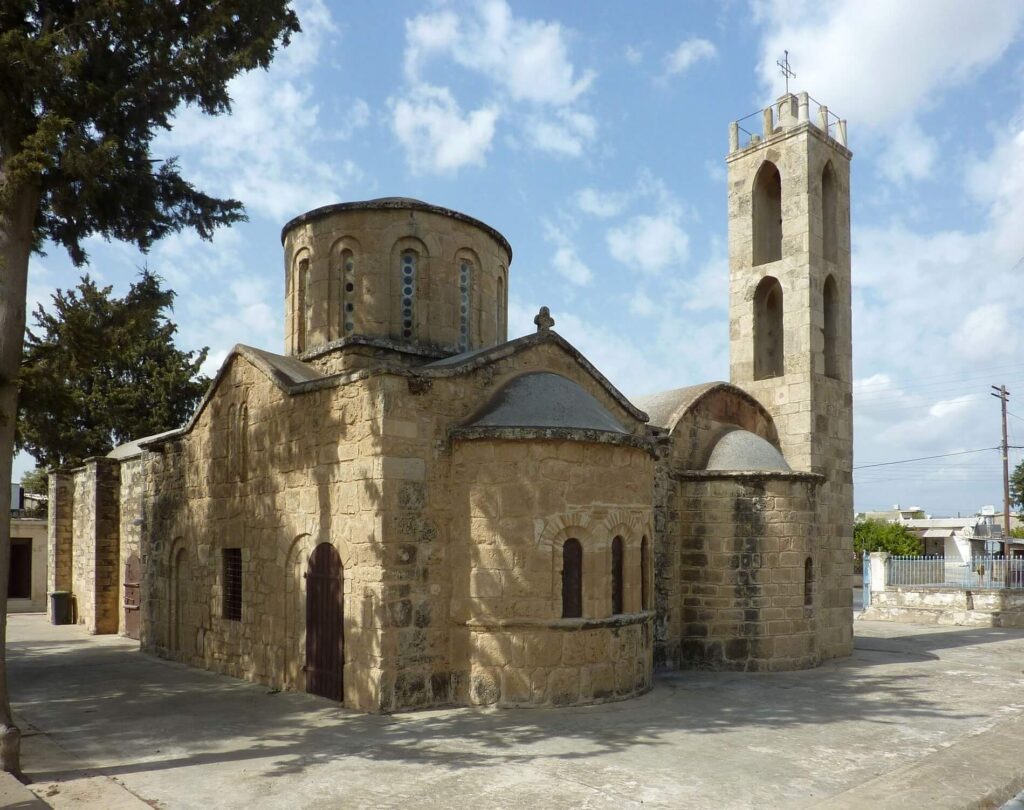Iskele

The İskele region, together with the Karpas Peninsula, forms the most unspoiled and nature-rich part of North Cyprus. This is a land of windswept cliffs, ancient ruins, remote churches, and golden beaches stretching for miles without a single hotel in sight. It is here that the heart of the island beats in its most authentic rhythm — slow, peaceful, and timeless.
Golden Sands and Wild Beauty
One of the most iconic landmarks in the region is Altın Kumsal (Golden Beach), often described as the most beautiful beach in Cyprus. Its vast, untouched stretch of soft sand and crystal-clear turquoise water makes it a haven for those in search of tranquility, nature, and silence. In the summer, it also serves as a nesting ground for endangered sea turtles, protected within the area’s conservation zones.
Much of the Karpas Peninsula has been designated as a National Park, famous not only for its dramatic coastal scenery but also for its free-roaming wild donkeys, which have become symbolic of the island’s natural spirit.
Ancient Churches and Archaeological Heritage
İskele and the Karpas region are dotted with historic religious and cultural sites that span millennia. Notable locations include:
- Panagia Theodokou Church in İskele town, a graceful reminder of the area’s Byzantine heritage.
- The Church of St. James, modest but historically significant.
- The Iskele Museum of the Natural World, which introduces visitors to the local wildlife and geological diversity.
One of the most remarkable religious sites in the region is the Monastery of Apostolos Andreas, located at the easternmost tip of the island. Once a major pilgrimage destination, it remains a sacred place for many and offers breathtaking views over the Mediterranean.

Hidden Villages and Ecotourism
The villages of Büyükkonuk, Kumyalı, and Mehmetçik have become leading examples of ecotourism in North Cyprus. These rural communities welcome visitors into traditional homes, workshops, and gardens, offering:
- Authentic Cypriot meals
- Hands-on experiences like bread baking and olive oil pressing
- Walks through unspoiled countryside filled with carob, fig, and almond trees
This is the perfect place to experience village life unchanged for generations.
Castles, Cities, and Forgotten Civilizations
The region also boasts a remarkable number of archaeological sites:
- Kantara Castle, one of the three mountain fortresses of the Besparmak range, stands at around 700 meters above sea level, offering incredible views from its battlements.
- Nitovikla Castle, an ancient fortress built of large stones, believed to date back to the Bronze Age.
- Kral Tepesi (King’s Hill), near Kaleburnu, associated with early Cypriot kingship and ceremonial activity.
- The Neolithic city of Castros, which dates to 6000 BC, provides evidence of one of the earliest known settlements on the island.
Another archaeological treasure is the Ay Trias Basilica in Sipahi village, renowned for its 5th- and 6th-century mosaics still intact on the basilica floor — a hidden gem for lovers of early Christian art.
Don’t miss the Panagia Kanakaria Church in Boltaşlı village, once home to some of the finest mosaic work in the Mediterranean, fragments of which now reside in major museums due to their global importance.
Lost Cities by the Sea
Near the wild northern shore lies Aphendrika (Urania), once a thriving port city in ancient times. Although little remains today beyond a scattering of ruins, the site retains a mystical, forgotten quality. Close by, the Church of Ay Philon — dating to the 5th century AD — stands where a pagan temple once stood, blending layers of belief and history.
İskele and the Karpas Peninsula offer a different kind of holiday — one not defined by luxury or noise, but by silence, sea winds, ancient stones, and wide horizons.
For those seeking solitude, authenticity, and connection to nature and the past, this is one of the last true frontiers of the Mediterranean.